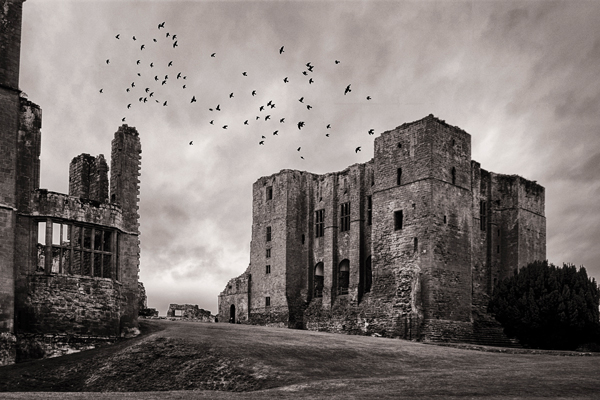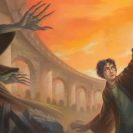The film industry suffered a great loss when news of Wes Craven’s passing was announced last summer. Halloween marathons will never be the same. Rewriting the rules to suit his own taste for horror, the scaremonger gave generations of moviegoers a proper fright. As we mourn the loss of this master of horror, we find ourselves turning to the silver screen to draw inspiration for this month’s literary column. Our carefully chosen reads for this frightful season are those reworked for the big screen. Some butchered and some spared, not all literature makes it to the theatres untouched. Proceed at your own menace, for this is neither for the faint of heart, nor the faint of mind.
It was 1816, the year with no summer, when a young Mary Shelley (then Godwin) ventured into the realm of Gothic Fiction. Challenged to pen ghost stories by Lord Byron, one candlelit, stormy night Mary dreamed up what would be the haunting tale of Frankenstein. Spoiler alert: watching the movie doesn’t count, for the film portrays “The Creature” as the monster while the actual monster is Victor Frankenstein himself. Never out of print, Mary Shelley’s Frankenstein is a psychological horror that revisits the underlying theme “destruction of man, by man himself.” For ye who hath tasted power with abundance, shall wreak havoc and destruction amidst his kind.
As the dead be resurrected, let us turn to those who have taken flight into the night’s grim sky. I beckon you to two works of literature. Birthed under the same circumstance of the aforementioned challenge, a tale of the undead came to life by one John Polidori inspired by a fragmented story penned by Lord Byron in the summer 1816. Polidori’s The Vampyre, although obscure to many a modern reader, served as inspiration to Bram Stoker’s Dracula. Tales of noxious charisma and romantic macabre unravel as we visit the realms of those who tread in the blackest of nights and escape the morning lights. The question begs itself: are the lurking shadows the ones to be feared or is it the darkness of one’s soul that absolutely petrifies?
From those simply flirting with the morbid to others who experience an ardent love affair with it, we delve into Stephen King’s short stories. In the bone-chilling audiobook collection Blood and Smoke, his third tale, “1408,” takes us into a ghost-ridden room at a hotel in NYC. With legend and lore that is the boastful history surrounding the room, King’s Enslin finds himself unfazed, and books the room for the night. King has a way of creating inceptive horror and pushing his reader to questioning the reality of things. So the question remains, are there indeed ghosts of residents past? Or are they ghosts of Enslin’s inner-conjurings? That is entirely up to you.
As the living run away from the living-dead, we wish you a frightful Halloween. Read by candlelight. May Wes Craven find his way to Elm Street and forever banish Freddy from our dreams.











